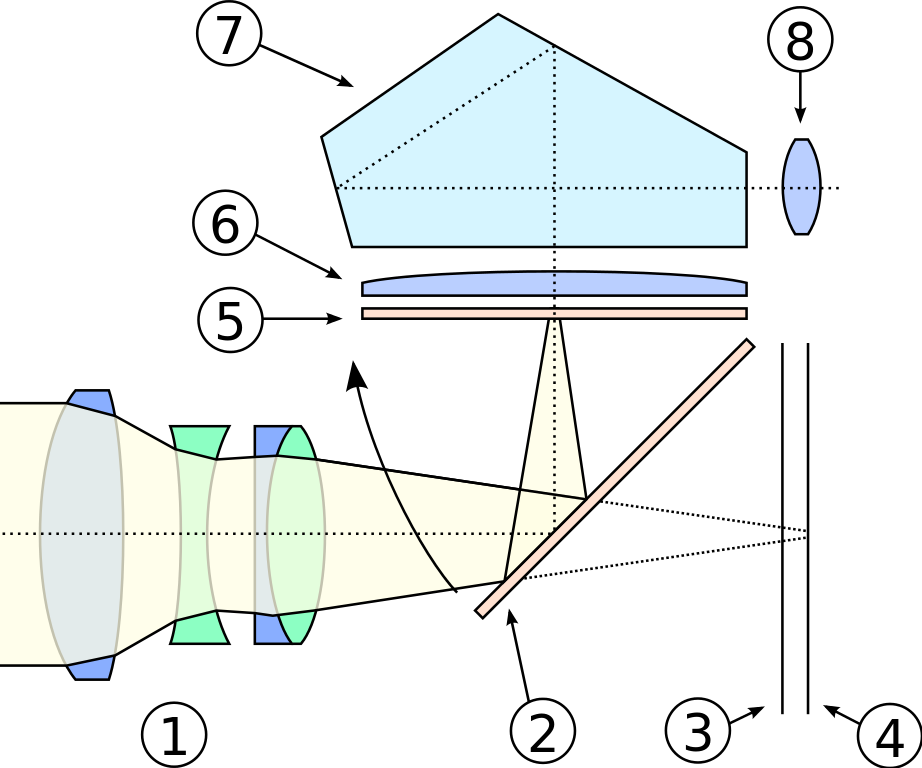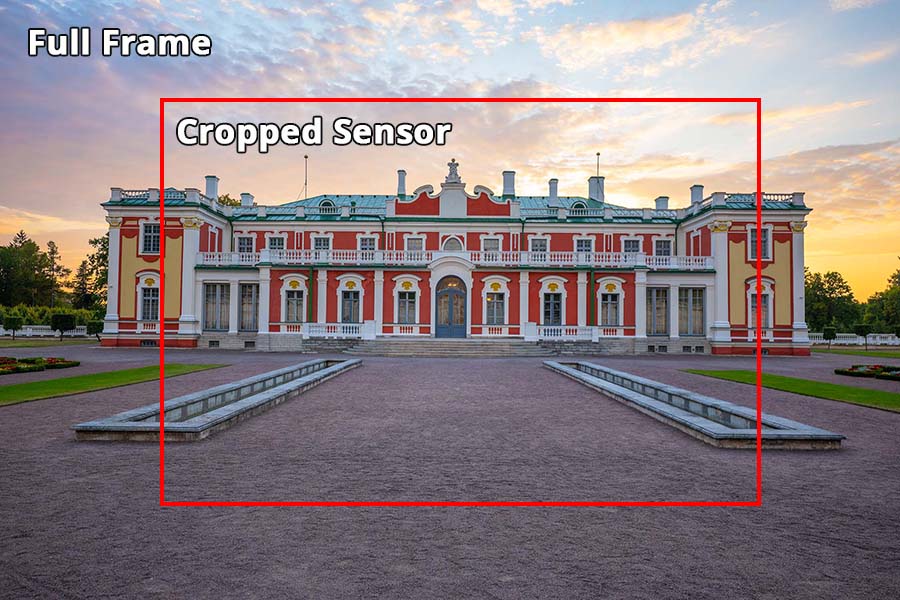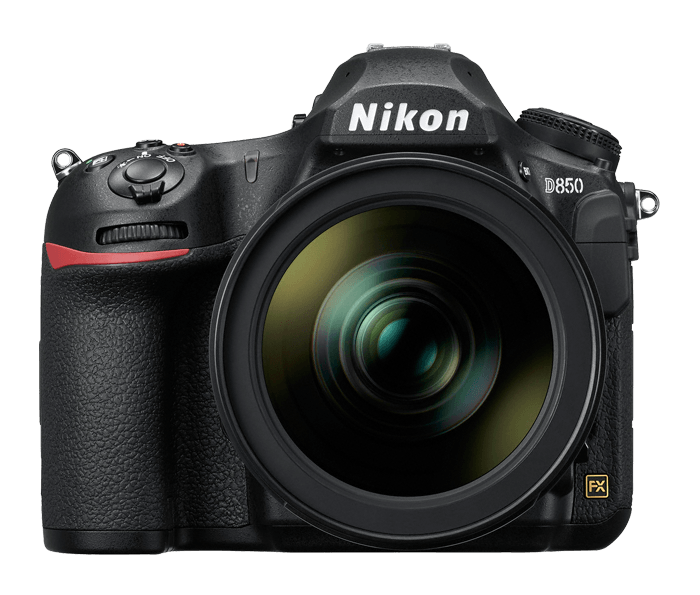Estimated reading time: 7 minutes
A digital single-lens reflex Digital SLR (DSLR) camera is a potent and adaptable instrument for photographers aiming to elevate their abilities. This article delivers an all-encompassing insight into these cameras’ distinctiveness, principal characteristics, and the benefits they offer. We’ll also explore some frequently asked questions about DSLRs at the end.
The Core Components of a DSLR
The primary feature of a digital SLR camera is its reflex design. This design includes three essential components: the single lens, the mirror, and the optical viewfinder.

- Single Lens: The camera’s primary lens captures light and projects the image onto the sensor. Unlike point-and-shoot cameras, the digital SLR allows photographers to change lenses for various shooting situations.
- Mirror: Situated at a 45-degree angle, the mirror directs the image from the lens towards the viewfinder. Upon pressing the shutter button, the mirror pivots upward, permitting light to access the sensor and capture the photograph.
- Optical Viewfinder: This component enables photographers to preview the scene through the lens accurately. As a result, users can easily adjust the focus, composition, and exposure settings.

Sensor Types: Full-Frame vs. Cropped Sensor
Digital SLR cameras employ two primary sensor types: full-frame and cropped sensors.
- Full-Frame Sensors: These sensors are equivalent in size to a 35mm film frame. Full-frame cameras offer better image quality, increased dynamic range, and superior low-light performance. However, they are often more expensive and larger.
- Cropped Sensors: Also known as APS-C sensors, these are smaller than full-frame sensors. Cameras with cropped sensors are more affordable and lightweight, making them popular among enthusiasts and beginners. However, they may not perform as well in low-light conditions and might have a limited dynamic range compared to full-frame models.

Advantages of Choosing a Digital SLR Camera
Enhanced Image Quality
DSLRs deliver superior image quality due to their larger sensors and advanced processors. These components capture sharper, more detailed images with minimal noise, even in challenging lighting conditions.
Interchangeable Lenses
One of the main benefits of a digital SLR is the ability to swap out lenses. This versatility allows photographers to experiment with various focal lengths and apertures, ultimately expanding their creative possibilities.
Faster Autofocus and Burst Mode
Digital SLR cameras are known for their fast autofocus systems and rapid continuous shooting, or “burst mode.” This speed makes them ideal for capturing fast-moving subjects like sports and wildlife photography.
Greater Control Over Settings
DSLRs offer extensive control over manual settings, including ISO, shutter speed, and aperture. This level of customization enables photographers to fine-tune their shots and achieve the desired outcome.
Longevity and Durability
High-quality build materials and professional-grade components make digital SLR cameras a long-lasting investment. Many DSLRs also feature weather-sealed bodies, protecting them from dust and moisture.

Selecting the Right DSLR for Your Needs
In the process of choosing a digital SLR camera, taking into account factors like budget, skill level, and desired features is crucial. On one hand, entry-level models are designed for beginners and offer a more budget-friendly option; on the other hand, professional-grade cameras come with advanced capabilities but at a steeper price.
Discover More | Helpful Materials to Expand Your Perspective:
Top 5 DSLR Cameras for Photographers
Here are five of the top DSLR cameras available on the market, catering to different skill levels and budgets:
Nikon D850
As a flexible and high-performing full-frame DSLR, the Nikon D850 caters to both professionals and passionate enthusiasts. Equipped with a 153-point autofocus system and capable of 7 fps continuous shooting, this camera excels at capturing fast-moving subjects. Moreover, its 45.7-megapixel sensor guarantees outstanding image quality and detail. Additionally, the D850’s sturdy construction and weather sealing ensure its durability in various conditions.
Canon EOS 5D Mark IV
A popular choice among professionals, the Canon EOS 5D Mark IV is a full-frame DSLR known for its excellent image quality and reliable performance. It houses a 30.4-megapixel sensor, providing detailed images and impressive low-light capabilities. The 5D Mark IV has a 61-point autofocus system and can shoot continuously at 7 fps. It also offers 4K video recording and built-in Wi-Fi for easy sharing.
Nikon D780
Merging the finest aspects of the D850 with mirrorless attributes, the Nikon D780 is a full-frame DSLR that presents an attractive choice for both photography and videography enthusiasts. Its 24.5-megapixel sensor guarantees crisp images and remarkable low-light performance. Furthermore, the D780 is equipped with a 51-point autofocus system, 7 fps continuous shooting, and 4K video capabilities. The inclusion of a tilting touchscreen and built-in Wi-Fi enhances the overall shooting experience by adding an element of convenience.
Canon EOS 90D
The Canon EOS 90D is an APS-C DSLR aimed at enthusiasts and advanced amateurs. It’s vari-angle touchscreen, and user-friendly interface make it accessible for those looking to upgrade from an entry-level DSLR. With a 32.5-megapixel sensor, it offers exceptional resolution for a cropped-sensor camera. The 90D has a 45-point autofocus system, 10 fps continuous shooting, and 4K video capabilities.
Nikon D3500
The Nikon D3500 is an entry-level DSLR designed for beginners and those looking to transition from smartphone photography. Its compact size, lightweight design, and easy-to-use interface make it an ideal choice for those new to DSLR photography. It houses a 24.2-megapixel APS-C sensor, delivering excellent image quality for its class. The D3500 features an 11-point autofocus system and 5 fps continuous shooting.
Covering a broad spectrum of photographers, from novices to experts, these top 5 DSLR cameras each boast distinctive features and capabilities. Consequently, it’s vital to weigh your needs, skill level, and budget when pinpointing the ideal DSLR for your purposes.
FAQs
The major difference lies in the presence of a mirror in digital SLR cameras. Mirrorless cameras do not have a mirror. Instead, they use an electronic viewfinder or rear screen to compose the image. This design results in a smaller and lighter body. However, DSLRs often have superior battery life, faster autofocus, and a broader range of lenses.
Many entry-level DSLR models cater to beginners, offering user-friendly controls, automatic modes, and guided tutorials. These cameras provide an excellent platform for learning and growing as a photographer.
Yes, most modern DSLRs come equipped with video recording capabilities. They can capture high-definition (HD) or even 4K video, providing filmmakers with the flexibility of interchangeable lenses and manual controls.
While smartphone cameras have improved significantly, they still can’t match a DSLR’s performance, versatility, and control. Investing in a DSLR is a wise choice for those serious about photography.
Selecting the right lens depends on your photographic interests and the situations you’ll be shooting in. Some popular lens types include wide-angle lenses for landscapes, telephoto lenses for wildlife and sports, and prime lenses for portraits and low-light photography. Researching and understanding the specifications of different lenses will help you make an informed decision.


